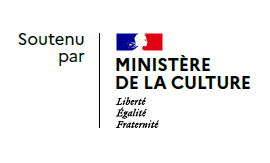| Current library | Call number | Status | Date due | Barcode |
|---|---|---|---|---|
| Bordeaux (Pessac) : PACEA - De la Préhistoire à l’Actuel | PACEA A3P TAP n° 11 (Browse shelf(Opens below)) | Available | PACTAP1972A/01 | |
| Nanterre : MSH Mondes - Paléorient - Préhistoire et Protohistoire orientales | (Browse shelf(Opens below)) | Non consultable | PAOR771 | |
| Nice : CEPAM - Cultures et Environnements. Préhistoire, Antiquité, Moyen Âge | P/WOR (Browse shelf(Opens below)) | Available | CEPAM001094 | |
| Toulouse : TRACES | 733-4-1 (Browse shelf(Opens below)) | Available | BACA004085 |
Titre du dossier : "Population"
In the mountain, coastal, and river‐valley ecologic niches of the Eastern Mediterranean, united by sea trade and with productivity of grain and olives and animals set by winter rains and summer dryness, population density depends on health and food as determining, first, adult female longevity (i.e. time for fecundity) and, second, survival rates of infants and children. Rapid density increases in Neolithic, Middle‐Late Bronze Age, Classic (up over 35 per km.) and Modern periods occur apparently with balance or decline of malaria and slight connection to change of sea level and climate. The major drop in population to 10 per km., in Roman to Moslem times, lags behind the causal man‐produced ecologic destruction (deforestation, erosion, soil‐exhaustion). Site‐counts and census allow density estimates and study of skeletons and pubic symphyses allow estimates of longevity, fecundity and survival. (revue)








There are no comments on this title.